AO Edited
Zone Rouge
A swath of France so devastated by war it is still forbidden to go there.
The Zone Rouge, or Red Zone, is a no man’s land in northeastern France that was so damaged by the fighting of World War I it was deemed unfit for human habitation. And while the controlled areas have shrunk since 1918, certain areas remain entirely off-limits, the soil so full of arsenic that 99 percent of all plants die, along with the ever-present threat of unexploded shells.
The unimaginable intensity of the shelling along the Western Front left swaths of agricultural land completely obliterated, churned up into a nightmarish landscape of craters and bodies. In the Battle of Verdun alone, which lasted for 303 days and remains one of the longest and most costly battles in human history, hundreds of thousands of men were killed.
Shortly after the war, the French government declared a 460-square-mile area unfit for human habitation or development. It stretches roughly from Nancy through Verdun and onto Lille, with various non-contiguous zones so riddled with unexploded shells (many of them gas shells), grenades, ammunition, and human and animal remains that it was simply too dangerous to enter. It was called the Zone Rouge.
Within the no-go zone are many ghost villages that were left abandoned after the war, deemed beyond repair. Signs around the zone warn “village detruit,” or destroyed village. It is said these towns “died for France.”
At the time, the French government defined these areas in stark fashion: “Completely devastated. Damage to properties: 100%. Damage to Agriculture: 100%. Impossible to clean. Human life impossible.”
In an attempt to salvage this land, a special munitions-clearing agency was created. Called the Department du Deminage, it has, over the decades, helped to reduce the extent of the Zone Rouge, destroying hundreds of thousands of munitions and chemical shells, and returning some land to civilian and agricultural use. Their overwhelming task is aided by French farmers, who each year collect a huge amount of unexploded ordnance, barbed wire, shrapnel, and bullets during the annual “Iron Harvest.”
Despite these efforts, the Zone Rouge is unlikely to be restored completely any time soon. Speaking with National Geographic in 2014, British historian and author Christina Holstein summed up the extent of the undertaking: “They reckon that they have 300 years work ahead of them before they have cleared the whole battlefield,” she said. “And they never will.”
The Atlas Obscura Podcast is a short, daily celebration of all the world’s strange and wondrous places. Check out this episode about Zone Rouge.
Know Before You Go
Some areas formerly located within the original Zone Rouge are now being farmed and are readily accessible, but farmers still find huge amounts of rusting munitions, some unexploded and potentially containing gas.
The map coordinates point to the Verdun Memorial, just south of the destroyed towns of Douaumont and Fleury-devant-Douaumont. Parts of the ghost villages are zoned as areas of significant damage and have memorials that are open to the public and tours of the Verdun battlefields. The parts in the Red Zone are strictly no-go.



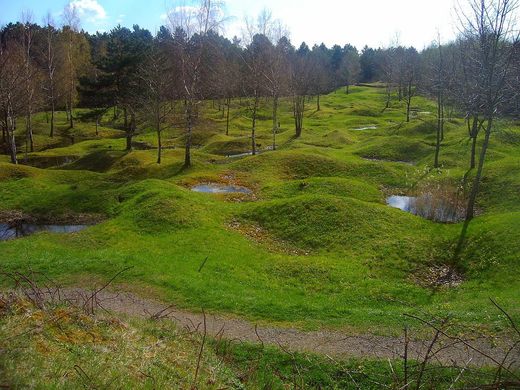
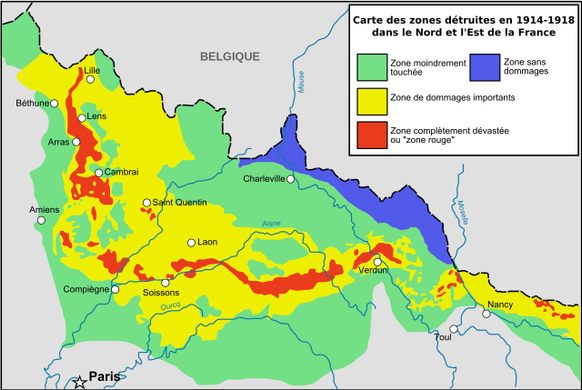
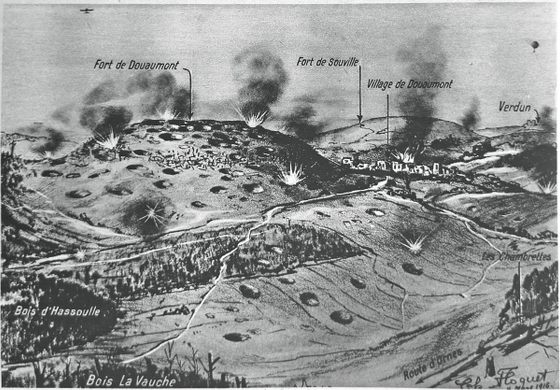

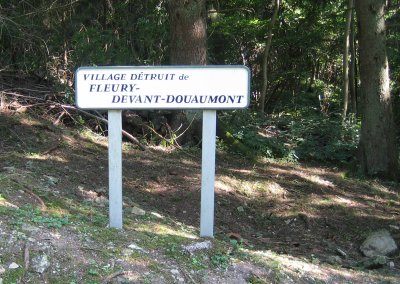

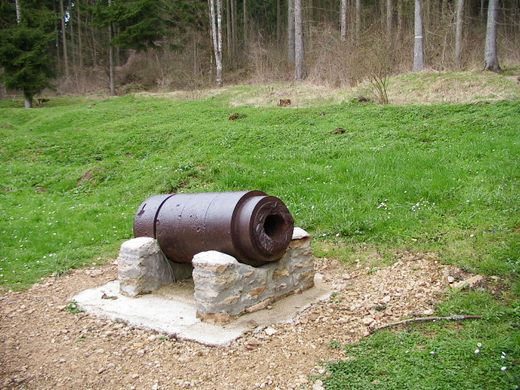

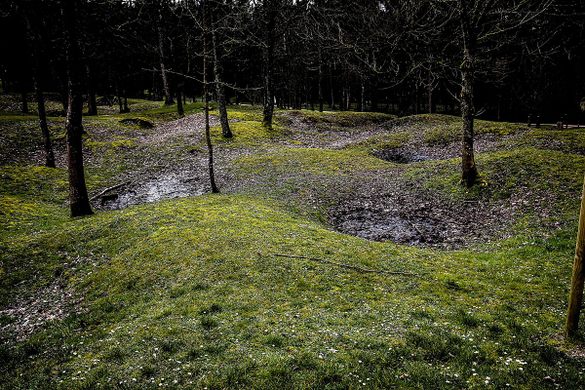
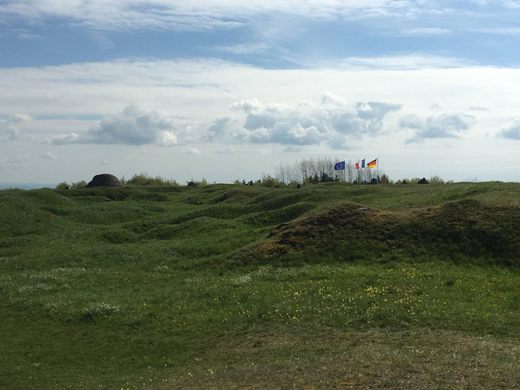
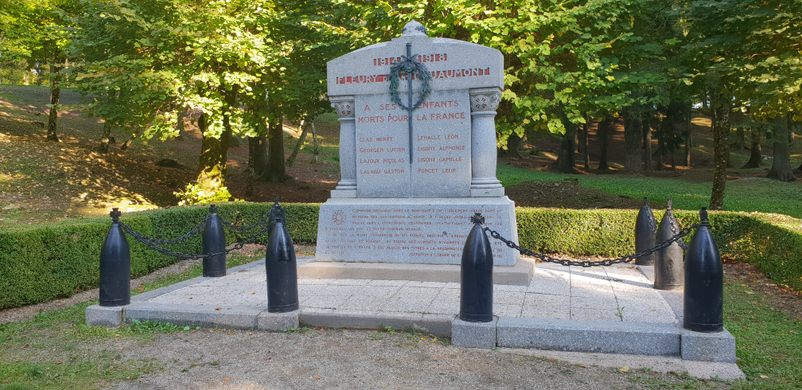
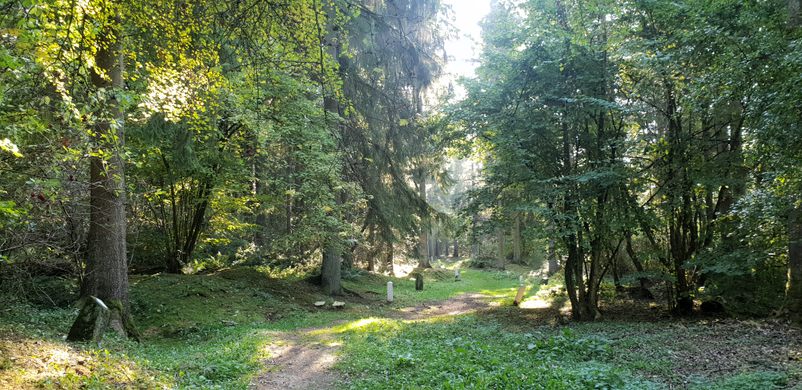

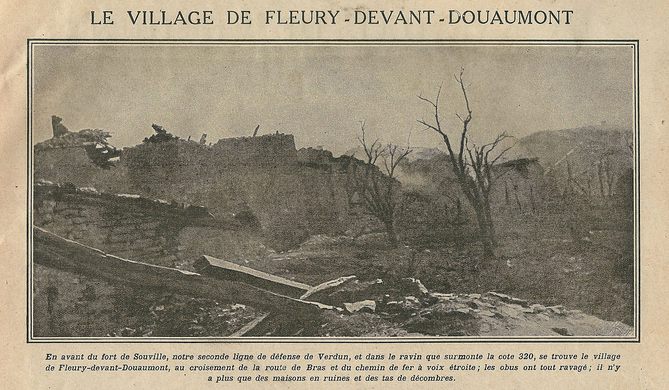

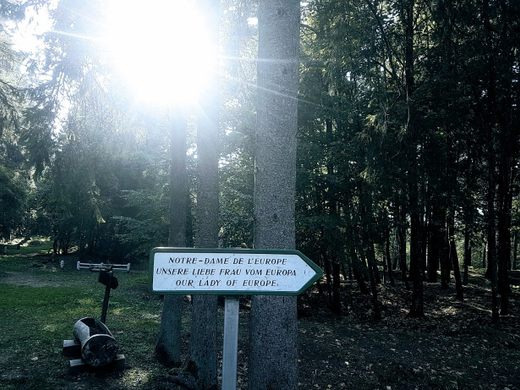
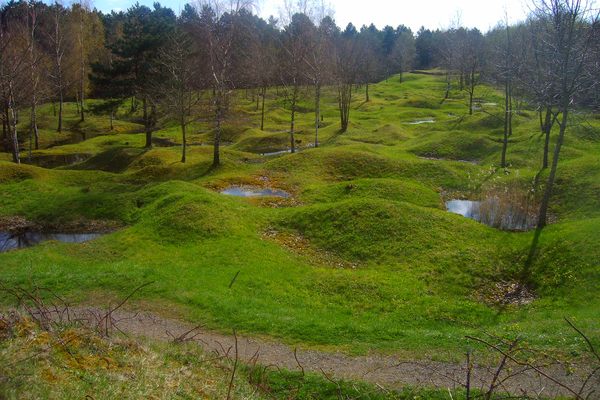
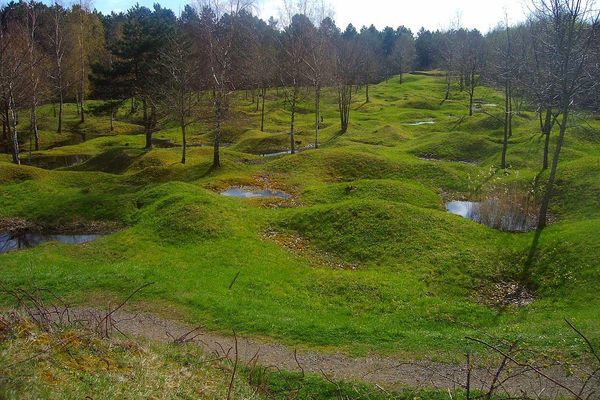




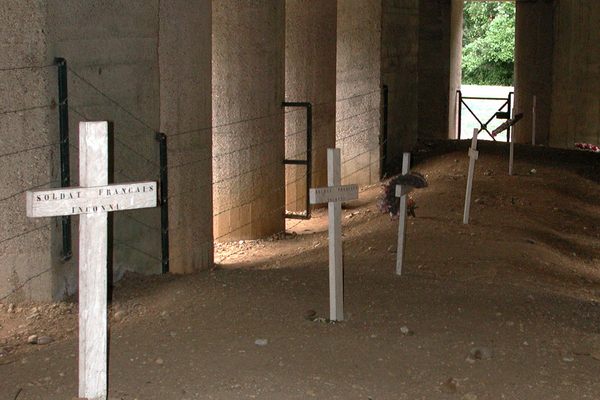
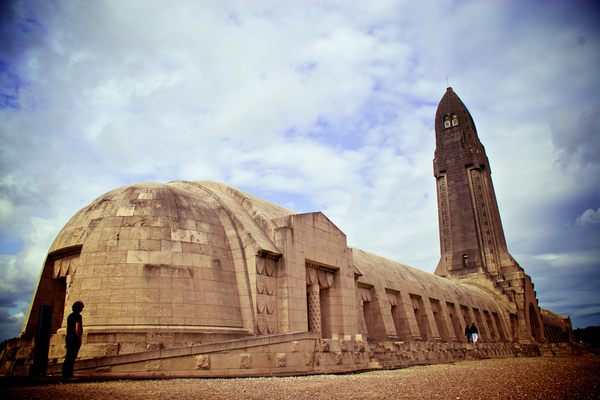
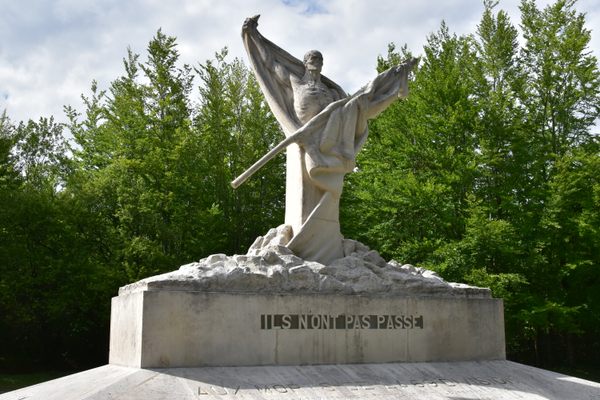
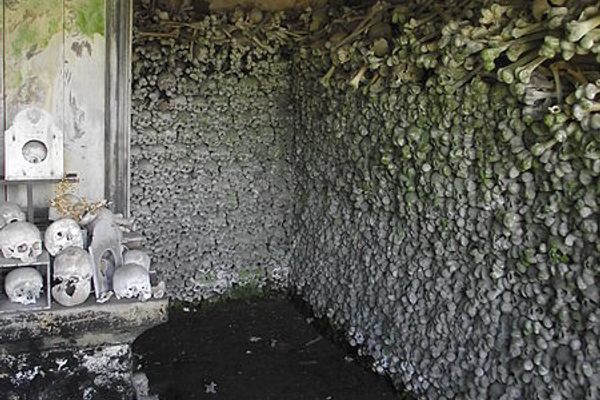


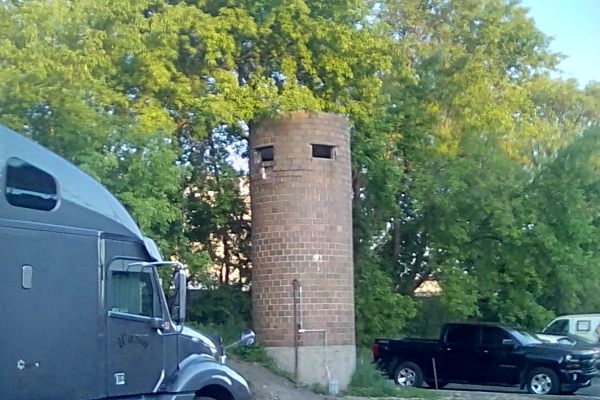


Follow us on Twitter to get the latest on the world's hidden wonders.
Like us on Facebook to get the latest on the world's hidden wonders.
Follow us on Twitter Like us on Facebook